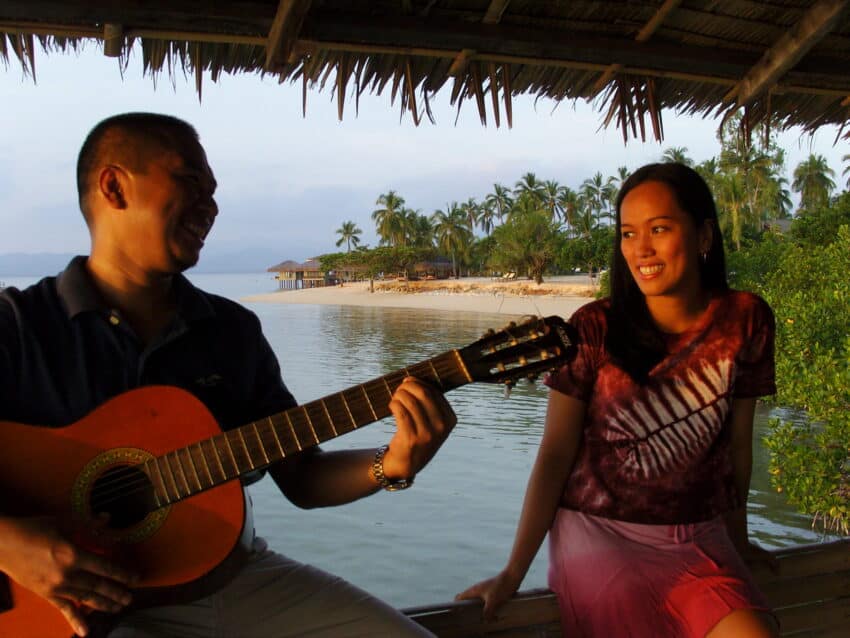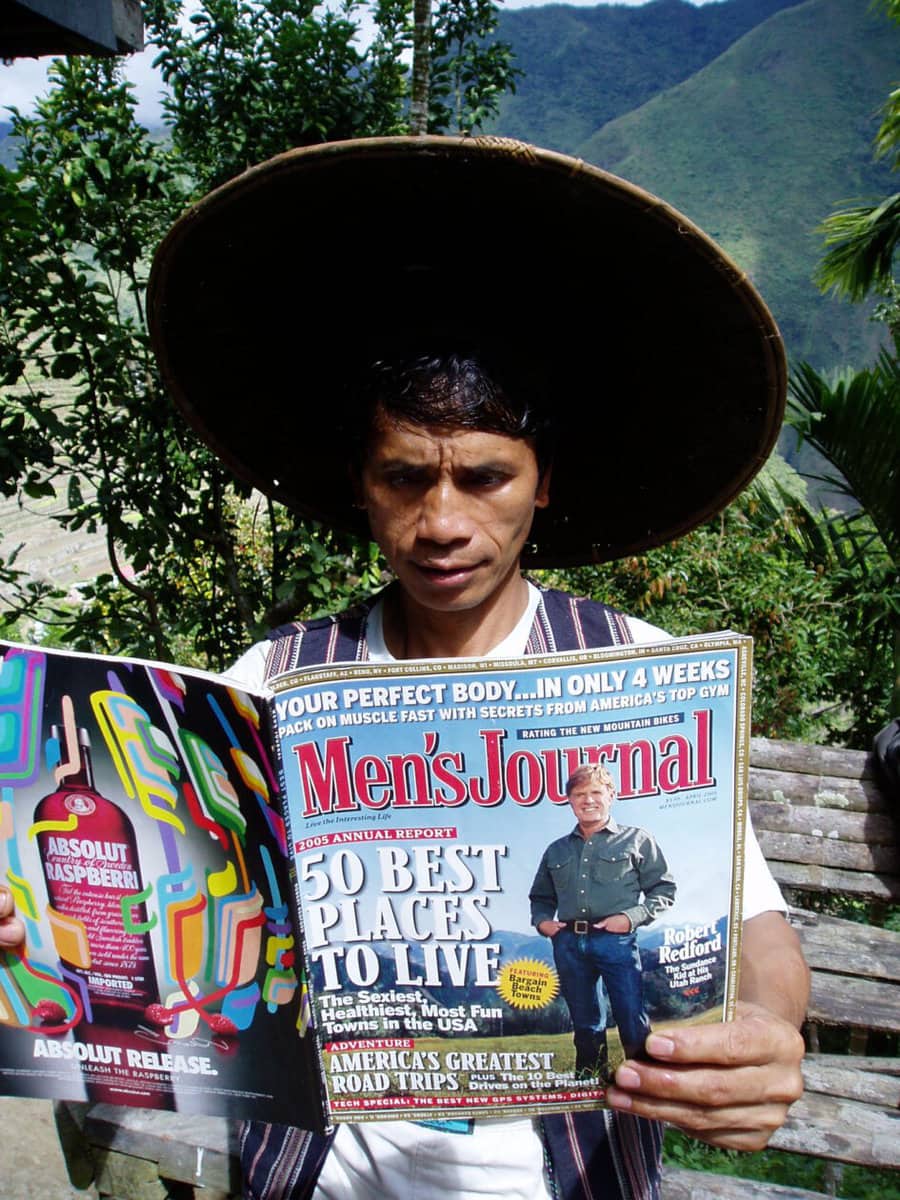Southeast Asia Introduces New Models for a Unified Tourism Front
One Community for Sustainability

“Our region is characterized by coopetition—a cooperative, collaborative decision by all players to compete with each other so that the world will choose the region before choosing the country.” —Philippine Minister of Tourism Ramon R. Jimenez, Jr.
The idea of the whole being greater than the sum of its parts is not lost on Southeast Asia. The Association of Southeast Asian Nations (ASEAN) is an organization comparable to the European Union with its enduring effort to achieve regional solidarity. Manila (Philippines) will host the 35th annual ASEAN Tourism Forum (ATF) this January 19-22. This year’s theme is ASEAN–One Community for Sustainability.
Since its inauguration in 1981, the annual ATF rotates alphabetically through its 10 member-countries with a total of 570 million people—Brunei, Cambodia, Indonesia, Laos, Malaysia, Myanmar, Philippines, Singapore, Thailand, and Vietnam. Russia had been ASEAN’s fastest growing tourism market, but the Russian financial collapse has evaporated those inbound numbers.
The tourist appeal fusion of Southeast Asia’s 10 countries and their amazingly varied cultures poses several challenges, one of which is its diversity. ASEAN members range from wealthy Singapore and Brunei to agrarian Laos and Cambodia. Politics also run the spectrum, from the democratic Philippines, which is largely Christian, Indonesia, which encompasses the world’s largest Muslim population—and, until now, a sometimes difficult to access Myanmar.
This forum is ultra-focused on how its member countries can work together to market themselves as one destination. Philippine Tourism Secretary/Minister Jimenez notes, “Our countries become, in very real terms, each other’s value extension—we become each other’s developing markets. And to make this development last for our children, we have to make certain that we are mindful of the social and environmental context that our region’s growth exists in.”
News from the ATF 2015 (held in Myanmar)…
ATF 2015 attracted 1,500 attendees from more than 40 countries, including tourism ministers, ASEAN exhibitors, international buyers, and international and local media.
BRUNEI is a handy gateway to remarkable Borneo. The last Malay Kingdom celebrates its options to play golf or polo, dive, or relax in a plush resort. Brunei’s quest to draw curiosity from western travelers to Borneo is reflected by its complete overhaul and expansion of its international airport. While under 10,000 Americans visit Brunei each year, it is rich in rainforest and mountain terrain that could be very attractive to adventure travelers. It is also working to promote itself as a dive destination thanks to an abundance of mint-condition shipwrecks.
CAMBODIA has discussed building a new road to Angkor Wat, but talks have been tabled for the time being. The dispute is that it would increase the number of day trips and cut down on overnight stays at Angkor Wat, weaken the economy and potentially degrade the ruins. “Overnight stays at Angkor Wat are very good for the tourism and local economy,” Dr. Thong Khon, the tourism minister, said. Cambodia now partners with Thailand for a single visa option. The symbolic Kingdom of Wonder campaign remains an enduring symbol of Southeast Asia’s incredible history. Here, white gold equals rice while green gold equals tourism.
INDONESIA: Cruises of Indonesia’s huge archipelago are beginning to become more popular, exposing the country’s beautiful coastline outside of Bali, the only destination most Americans visit. Indonesia’s presence on Borneo is often also overshadowed by Bali, making it perhaps one of the best kept secrets in Southeast Asia. Despite a few political setbacks, tourism numbers continue growing as the country offers incredible cultural and geographic diversity.
LAOS is undergoing major infrastructure developments that will soon change the face of this hospitable country. The “Jewel of the Mekong” continues a sustained effort to support soft tourism and local immersion. The big news out of Laos is its commitment to improving the roads and transportation infrastructure, allowing tourists to move easily throughout the country without flying. It is also upgrading all four of its international airports – Vientiane, Luang Prabang, Pakse, and Savannakhet. Luang Prabang continues to be one of the main draws for western travelers, and Laos is hoping that places like Vang Vieng evolve from backpacker hangouts to upscale destinations.
MALAYSIA: This is another year of festivals in Malaysia, with over 50 events happening throughout the country. A highlight is the Rainforest World Music Festival. The Malaysia Truly Asia campaign continues showcasing the best of its mixed native, Malay, Chinese, and Indian heritage.
MYANMAR: In 2015, ATF was held in Myanmar for the first time. Tourism continues to grow at an amazing rate, breaking 3 million visitors in 2014 (another exponential year-to-year increase) after welcoming only 1 million in 2012. 2015 could possibly see 5 million tourist arrivals—book ahead! The country is working to improve transit, road conditions, and flight options. Yangon, Lake Inle, Mandalay, and Bagan are currently the main attractions, but as the country continues to open up, other regions will no doubt catch on. One area in particular is the Chin State, which dropped its strict entry requirements this year. I can testify that the online tourist e-visa (evisa.moip.gov.mm $50) and business visa on arrival ($40) both work.
PHILIPPINES: The US remains its second largest market, the first being South Korea—one out of four tourists here are Korean. Philippine Airlines announced that it will begin a direct flight from New York (JFK) to Manila on March 15th. Many of the Philippines’ 7,017 islands share some form of American-influenced musical, religious, and Hollywood traditions, hence its tourism slogan, It’s More Fun in The Philippines.
SINGAPORE: One of the country’s largest projects is a hi-speed railway link to Kuala Lumpur, with an aim to eventually extend through Thailand to Kunming, China. While that plan develops, things remain busy on the homefront. This year marks the country’s 50th birthday, and it will celebrate with a number of openings, including the National Gallery and the Pinacotheque de Paris Art Museum. Last year, it opened a Chinatown street market that has proved to be very popular with locals and tourists.
THAILAND: Protests continue to plague Bangkok, and Thailand is using it as an opportunity to promote more of the regions outside its capital city. At the moment, westerns typically stick to Bangkok and the southern beaches, but those seeking an experience outside of the party tourist track should look into Loei in the north and Buri Ram in the east. The Amazing Thailand brand (reinvented this year as Thainess) continues setting the example for tourism in Southeast Asia with growing golf and health/wellness sectors. The country is considering waiving its tourist visa fees, but not its exotic culture of service.
VIETNAM: The popular yet hard-to-reach Northern Highlands of Vietnam are now more accessible thanks to a new road from Hanoi to Sapa that halves the travel time between Hanoi and Lao Cai to only 3.5 hours. Vietnam continues trying to simplify its visa policy, which recently doubled in price. A French Imperial twist continues fanning its hidden charms.
– – – – –
Tourism encourages human connectivity—one of the key strategies towards ultimately achieving the ASEAN community. Peter Semone, Chief Technical Adviser for the Lao National Institute of Tourism and Hospitality (Lanith) adds to this notion: “Reaching towards greater sustainability in tourism is paramount to our future and there is no better time than the present to create a community led movement to achieve these goals. The freshly minted Sustainable Development Goals will lead the international community development agenda, while the new ASEAN Economic Community will provide unity among ASEAN member countries. One must not forget that these initiatives must translate into the local context if lasting sustainability measures are to be accomplished.”
A goldmine for business and leisure traveler news and forecasts, speakers included Green Recognition Award winners and homestay program pioneers. Also, press conferences led by tourism ministers from member countries create buzz about plans for a single or no-visa policy for the entire region, as this visa-free tourism strategy will help create an ideal single destination.
ASEAN cohesion emphasizes partnerships rather than competition. Tourism Ministers continue developing a mutual recognition agreement aimed to improve the quality of human resources and giving workers in the tourism sectors of member countries a chance to work in other countries. A single market free-trade agreement is another goal of the association. Until December 2008, the 40-year-old organization had no written constitution. The new charter sets a 2016 goal for establishing economic integration via a 10-country free-trade zone and established commitments respecting human rights, democratic principles, and keeping the region free of nuclear weapons. Binding the 10 members to an enhanced legal framework, the regional charter sets out their shared aims and methods of working together.
– – – – –
For more information visit ATF Philippines. ATF 2017 will be Singapore.




